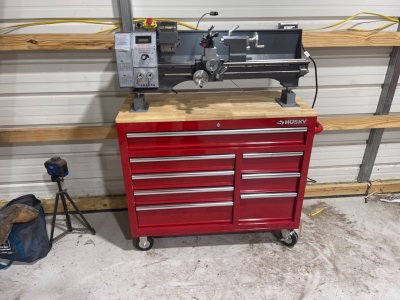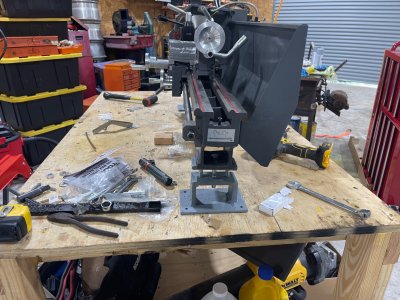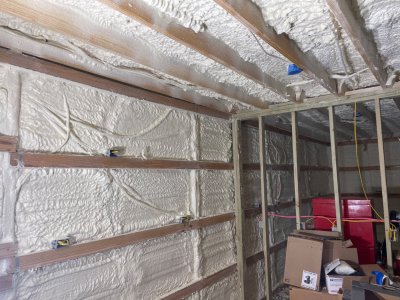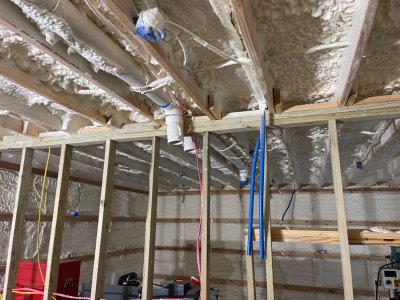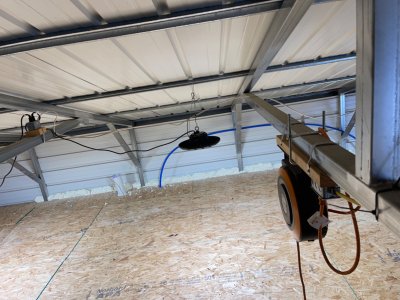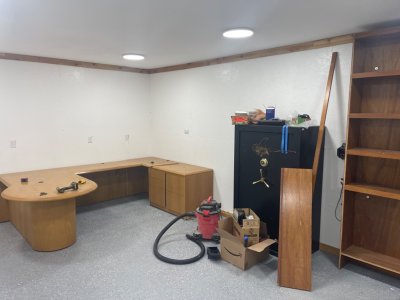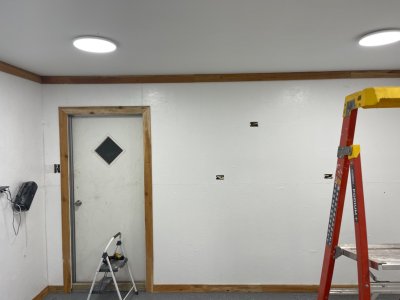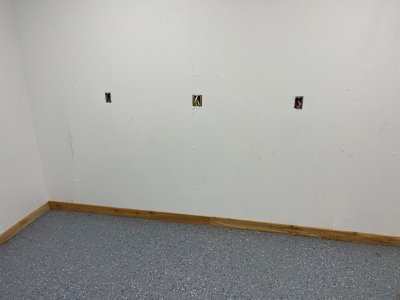Even if we're talking about a small 7 x 14 lathe, most people wouldn't have the facilities or indeed, the skills to cast a bed in cast iron.
Most would struggle with a headstock. I mean, as an alternative to casting, you could get a headstock sized chunk of cast iron and mill it out, but even for someone with a good sized mill, (something like an Adcock and Shipley, an Elliot or a Bridgeport) that's an awful lot of work; casting would be more doable I'd think but yeah, that again requires skills and facilities many don't have.
Saddle, cross slide and top slide would be within the reach of a decently equipped workshop but then, if someone has a decently equipped workshop, they don't really need to build a 7x14 lathe.

Okay, so you think about buying used 'old US/English iron' major parts (bed, headstock, tailstock, etc.) from people who are parting out and make the rest yourself (you obviously have at least a lathe of some sort already; even someone handy with their benchwork skills is going to be challenged making an acme threaded leadscrew, 20 plus inches long with a hacksaw, files and a vice)
If the parts are from a reputable make of small-ish lathe (Boxford, Myford, South Bend, etc.), the parts will be expensive enough that you might as well buy a used intact lathe.
Then there's the space factor. Something which
@GrifterGuru has to deal with.
Sure, there's the teensy watch-maker's lathes like Cowells et al. but they're even more limited than a 7x14 and expensive. I guess one of the Hobbymat/Prazimat lathes would have been a start point further along the line, but they're oddly not that common in the UK (although in the last month or so a couple of apparently decent examples have popped up on FBM and eBay; they were gone pretty quick mind you)
The average Chinese mini lathe's flaws are manifold and well documented but most are possible to overcome to some degree or at least mitigate. Most importantly, it does just creep into that sweet spot in terms of just being big enough (and given the kind of work
@GrifterGuru is putting in, the capability) to do useful general lathe work on, but not so big that where space is at a premium, you can't fit it in.
With a bed that notionally allows 16" between centres as opposed to the more common 14"
@GrifterGuru is getting the most out of this small form factor (IIRC he's also mentioned he has managed to squeeze out every last bit of work envelope out of that 16").
My efforts (clumsy and lacking in skill as they are) to make a silk (or at least cotton) purse out of the pigs ear of my mini lathe are the result of me buying a mini lathe due to ignorance and impatience and honestly filling out the time before I can buy something bigger and better (and I've enjoyed myself and learned a lot too). I can fit something like a Colchester Bantam or Boxford in my workshop, I just can't afford to yet (partly because I've spent too much on the resources necessary to rebuild this slightly scrappy Chinese midget!

).
@GrifterGuru is doing it because it's probably the sanest course given the space he has.
If I was to go back in time, I'd be patient and snap up the first decent Boxford A or B I saw (or maybe a C at the right price).
If
@GrifterGuru had a time machine, given the space he has, maybe he'd look for an Emco Compact 5 or a Hobbymat MD65/Prazimat DZL but eh, we're all prisoners of the arrow of time and I bet he's had a blast working on
his 'Chinese midget'.



